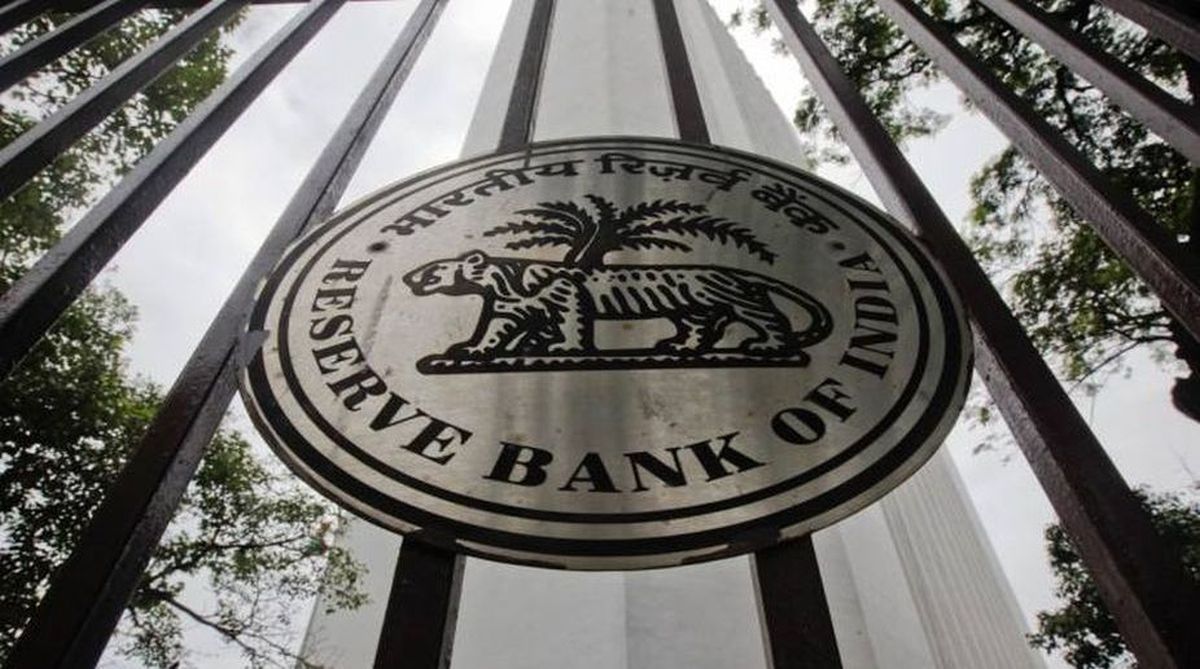Policy balance
The recent appointment of Sanjay Malhotra as Governor of the Reserve Bank of India (RBI), replacing Shaktikanta Das, signals a pivotal shift in India’s monetary policy dynamics.
The move by the central bank follows concerns over tight liquidity conditions and banks’ unwillingness to lend to NBFCs.

RBI (Photo: Facebook)
The Reserve Bank of India (RBI) on Thursday allowed banks to dip further into statutory cash reserves in a bid to ease a liquidity squeeze afflicting the nation’s money markets.
RBI in a statement said banks could ‘carve out’ up to 15 per cent of holdings under the statutory liquidity reserves to meet their liquidity coverage ratio (LCR) requirements as compared to 13 per cent now.
Advertisement
This resulted from a rise in the facility to avail funds for LCR to 13 per cent from 11 per cent, effective October 1, RBI said in a statement.
Advertisement
The move by the central bank follows concerns over tight liquidity conditions and banks’ unwillingness to lend to NBFCs.
RBI said it “stands ready to meet the durable liquidity requirements of the system through various available instruments depending on its dynamic assessment of the evolving liquidity and market conditions.”
Citing proactive steps taken in the last few days, RBI said it conducted open market operation (OMO) on September 19 and provided a liberal infusion of liquidity through term repos in addition to the usual provision via the liquidity adjustment facility (LAF).
Advertisement